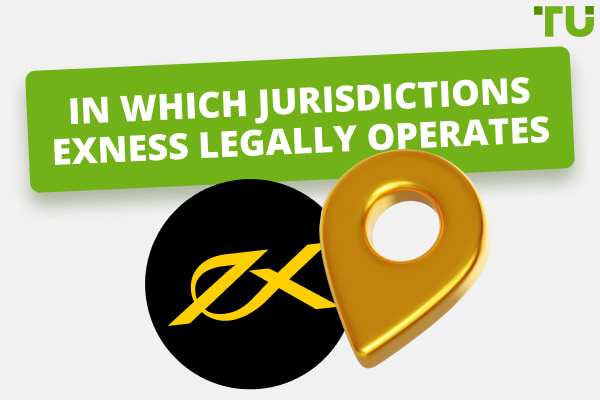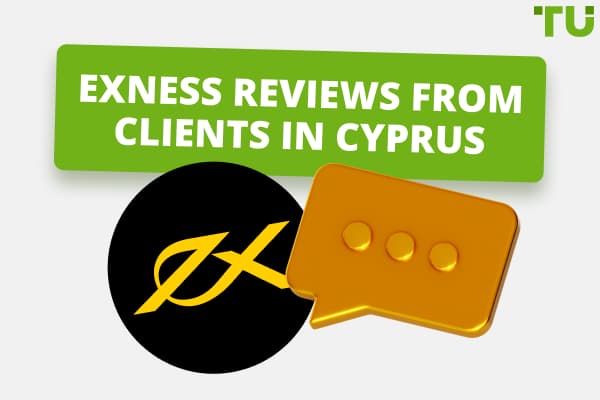
Pepperstone Leverage
Leverage is a key concept in forex trading. It allows traders to open larger positions than they would otherwise be able to afford, magnifying both profits and losses. To do this, traders use borrowed money, which is why it's sometimes referred to as margin trading. Leverage can be a great opportunity, as it allows traders to magnify their gains.
However, it also comes with risks. First, losses can also be magnified because positions are larger than account sizes. Second, brokers require traders to post margin - meaning they must maintain a certain amount of equity in their account at all times. If the value of their position falls below this level, they will be subject to a margin call and may have their position closed out by the broker. This article will help forex traders understand the different levels of leverage available to them through Pepperstone and how to choose the right level of leverage for their trading strategies.
Pepperstone Leverage Explained
Pepperstone is an online broker that offers leveraged trading on a range of asset classes, including forex, CFDs, and social trading. It offers some of the highest leverage ratios in the forex industry, up to 500:1. This means that traders can control $500 worth of currency for every $1 they have deposited into their account. However, it's not available in the US due to regulatory constraints.
When trading with Pepperstone, leverage depends on the instrument being traded as well as the client's country of residence. For example, trading forex with Pepperstone in the UK offers leverage up to 1:30, whereas in Australia, the maximum leverage is 1:500. This is due to the regulation set by the Financial Conduct Authority (FCA) and the Australian Securities and Investments Commission (ASIC). The DFSA Jurisdiction gets leverage of up to 1:50, and the CMA jurisdiction gets 1:400. Different financial instruments also have different maximum leverage ratios.
Your leverage will also depend on the account type you have. They offer Standard and Razor accounts. Standard accounts have no commission, while Razor accounts do have a commission. So, when choosing an account type, you must consider not only the leverage offered but also the commission fees.
The amount of money you have in your account also affects the amount of leverage you can trade with. For instance, if you have a $10,000 account and are trading with 400:1 leverage, you can trade up to $40,000 worth of currency. However, if you only have $5,000 in your account, you would be limited to $20,000 worth of currency. Therefore, it is important to consider both the account type and the amount of capital you have when determining the amount of leverage you can trade with.
This table shows leverage for major and minor currencies in several jurisdictions, including the AU, UK, EU, Germany, Cypress, and UAE.
| Standard Account | Razor Account | |
|---|---|---|
| Major Currency Pairs | 30:1 | 500:1 |
| Minor Currency Pairs | 20:1 | 500:1 |
| Crosses |
Pepperstone UK Leverage
The Pepperstone Forex leverage UK is basically similar for both major and minor currencies with the AU and EU. Traders get 30:1 for major currencies and 20:1 for minor currencies on the Standard Account, and 500:1 for both major and minor currencies on the Razor account.
Pepperstone Leverage International
The EU, Germany, and UAE all get the same leverage as the AU and UK jurisdictions. The CMA jurisdiction in Kenya gets 400:1 for both major and minor currencies, while the SCB jurisdiction in the Bahamas gets 200:1 for both major and minor currencies.
How to Get High Leverage on Pepperstone?
Many traders seek out high leverage to amplify their potential profits. While Pepperstone offers some of the highest leverage ratios in the industry, it's important to remember that this can also lead to increased losses. You can do a few things to get higher leverage on your Pepperstone account.
One is to increase the amount of money you have deposited into the account. The more money in the account, the higher the leverage available to you. Another way to get higher leverage is to use a margin account. This allows you to borrow money from the broker to trade with, which gives you more buying power and, therefore, higher leverage.
FAQs
What is Pepperstone leverage?
Leverage is the amount of money a trader can control for every dollar they deposit into their account. For example, if you have $1000 in your account and you're using 100:1 leverage, you can trade up to $100,000 worth of currency.
How does Pepperstone leverage work?
A. When you open a trade with leverage, you're only required to put up a small percentage of the full value of the position. Pepperstone provides the rest.
Is Pepperstone leverage risky?
Yes, leveraged trading comes with a higher degree of risk since you're essentially borrowing money to make trades. If the market moves against your position, you could end up owing your broker more money than you have in your account.
How can I reduce my risk when trading with Pepperstone leverage?
One way to reduce your risk is to use stop-loss orders, which automatically close out your position if it reaches a certain level of loss. You can also limit your exposure to risk by only using a portion of your available margin when you open a position.
Team that worked on the article
Andrey Mastykin is an experienced author, editor, and content strategist who has been with Traders Union since 2020. As an editor, he is meticulous about fact-checking and ensuring the accuracy of all information published on the Traders Union platform. Andrey focuses on educating readers about the potential rewards and risks involved in trading financial markets.
He firmly believes that passive investing is a more suitable strategy for most individuals. Andrey's conservative approach and focus on risk management resonate with many readers, making him a trusted source of financial information.
Chinmay Soni is a financial analyst with more than 5 years of experience in working with stocks, Forex, derivatives, and other assets. As a founder of a boutique research firm and an active researcher, he covers various industries and fields, providing insights backed by statistical data. He is also an educator in the field of finance and technology.
As an author for Traders Union, he contributes his deep analytical insights on various topics, taking into account various aspects.
Mirjan Hipolito is a journalist and news editor at Traders Union. She is an expert crypto writer with five years of experience in the financial markets. Her specialties are daily market news, price predictions, and Initial Coin Offerings (ICO). Mirjan is a cryptocurrency and stock trader. This deep understanding of the finance sector allows her to create informative and engaging content that helps readers easily navigate the complexities of the crypto world.










